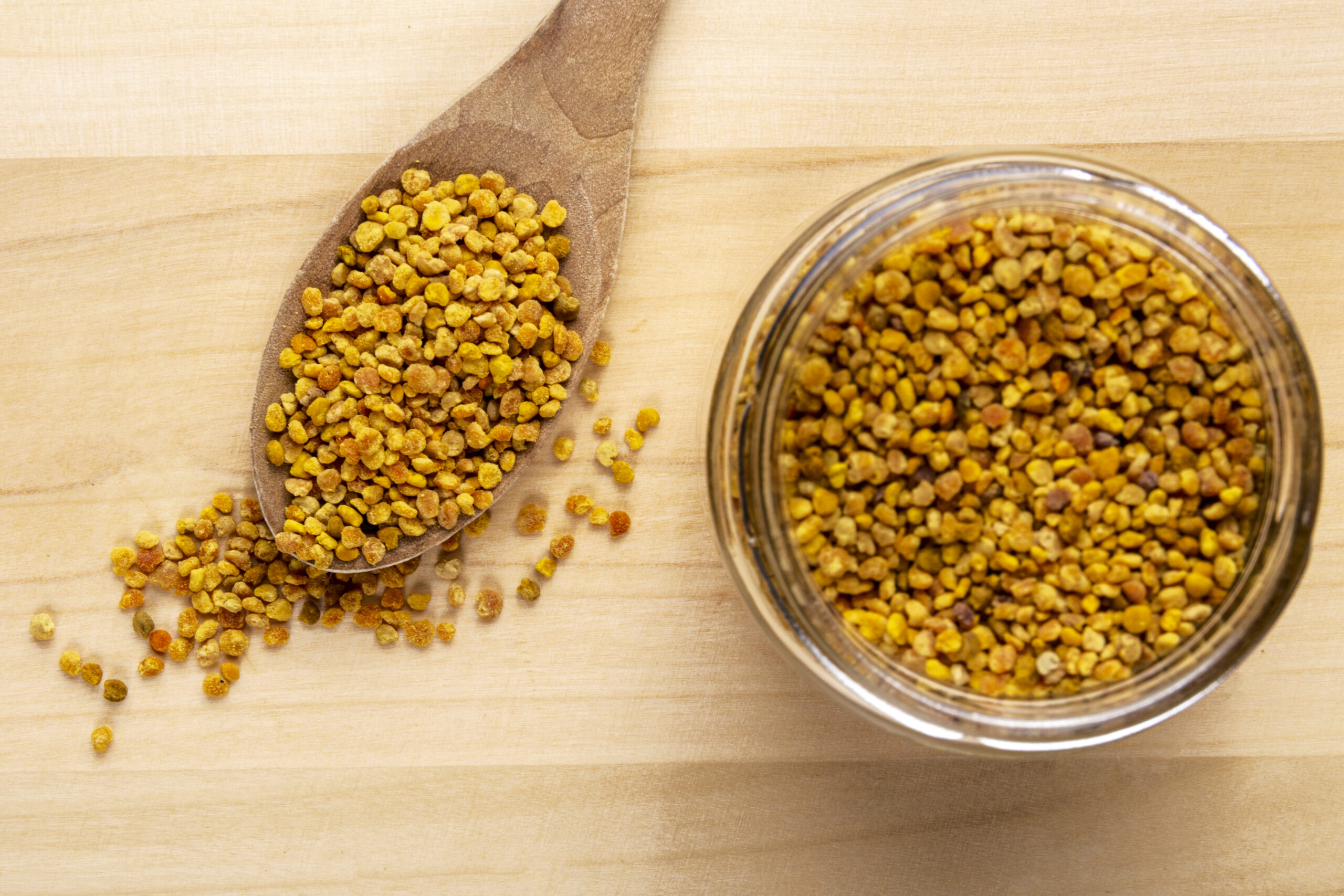Fenugreek: The Ancient Seed with Modern Benefits
Tucked away in spice cabinets and herbal medicine chests around the world lies a humble, golden-hued seed with a story as rich and complex as its flavor. Fenugreek, known scientifically as Trigonella foenum-graecum, is an annual plant that has been a cornerstone of culinary and medicinal traditions for thousands of years. From the fragrant curries of the Indian subcontinent to the soothing teas of the Middle East, this versatile herb offers a unique maple-like aroma and a treasure trove of health benefits. This article delves into the world of fenugreek, exploring its history, its potent health-promoting properties, and the simple ways you can incorporate this ancient remedy into your modern life.
A Culinary and Medicinal Legacy: The History of Fenugreek
Fenugreek’s history is as deep and layered as the spice itself, with its use documented in some of the world’s oldest civilizations. Archaeologists have found charred fenugreek seeds in ancient Iraq, dating back to 4000 BC, confirming its presence in early human diets. It was well-known in the ancient Egyptian world, not only as a food flavoring but also as a key ingredient in the embalming process and for its medicinal qualities. The Romans used it as cattle feed, which is the origin of its Latin name, foenum-graecum, meaning “Greek hay.” However, it was in the traditional medical systems of Ayurveda and Traditional Chinese Medicine where fenugreek truly earned its reputation as a healing powerhouse. For centuries, practitioners have prescribed it to aid digestion, reduce inflammation, and support women’s health, a legacy that continues to this day and is now being validated by modern science. This long-standing cross-cultural appreciation highlights that fenugreek is far more than a simple culinary accent; it is a plant deeply woven into the fabric of human wellness.
The Power Within: Unpacking Fenugreek’s Nutritional Profile
The remarkable benefits of fenugreek stem from its dense and unique nutritional composition. The seeds are a rich source of soluble fiber, specifically galactomannan, which is renowned for its ability to slow down digestion and sugar absorption, making it particularly beneficial for blood sugar management. They are also packed with potent phytonutrients, including saponins and flavonoids, which are responsible for many of its anti-inflammatory and antioxidant effects. Furthermore, fenugreek is a good source of vital minerals such as iron, magnesium, manganese, and copper, all of which play crucial roles in everything from oxygen transport in the blood to bone health and energy production. This combination of macronutrients, micronutrients, and bioactive compounds makes the tiny fenugreek seed a nutritional giant, capable of exerting a wide range of therapeutic effects on the body.
A Panacea in a Pod: Key Health Benefits Explored
The traditional uses of fenugreek are now being supported by a growing body of scientific research, revealing its potential in addressing several modern health concerns. One of its most well-studied benefits is its ability to support healthy blood sugar levels. The high fiber content helps moderate carbohydrate absorption and improve insulin sensitivity, making it a valuable dietary addition for those managing type 2 diabetes. For new mothers, fenugreek is perhaps most famous as a galactagogue—a substance that boosts breast milk production. Its phytoestrogenic properties are believed to stimulate milk ducts, and many lactation consultants recommend it. Beyond this, fenugreek has demonstrated positive effects on digestive health by soothing an upset stomach and reducing heartburn, while its anti-inflammatory properties can help alleviate discomfort associated with conditions like arthritis. For men, some studies suggest it may support healthy testosterone levels and libido, rounding out its profile as a truly multifaceted herbal supplement.
From Kitchen to Apothecary: How to Use Fenugreek
Incorporating fenugreek into your daily routine can be both a delicious and healthful endeavor, and it comes in several accessible forms. In its whole seed form, it is a classic ingredient in Indian curries, pickles, and dals, where it is often lightly toasted to release its nutty, slightly bitter flavor before being ground or added whole. The seeds can also be sprouted and added to salads for a crunchy, nutritious boost. As a ground spice, it is a key component of many commercial curry powders and can be used to season meats, vegetables, and stews. For medicinal purposes, fenugreek is widely available in capsule or tablet form, providing a concentrated and convenient dose of its active compounds. A simple and soothing way to consume it is by brewing fenugreek tea, either by steeping the seeds directly or using pre-packaged tea bags. This aromatic tea is not only comforting but also a gentle way to reap the herb’s digestive and anti-inflammatory benefits.
Conclusion
Fenugreek stands as a powerful testament to the idea that some of the most potent remedies can be found in nature’s simplest offerings. It bridges the gap between ancient wisdom and modern science, offering a natural, accessible, and multi-purpose tool for enhancing health. Whether you are seeking to support metabolic health, aid lactation, improve digestion, or simply add a new dimension of flavor to your cooking, this golden seed is worthy of a place in your pantry. As we continue to rediscover the value of traditional herbs, fenugreek’s legacy as a culinary and medicinal treasure is sure to endure and expand.
Frequently Asked Questions (FAQ)
Q1: What does fenugreek taste like?
Fenugreek has a unique and complex flavor profile. The raw seeds are bitter, but when lightly toasted, they develop a warm, nutty, and slightly sweet taste with a distinct aroma reminiscent of maple syrup or caramel. This is why it is sometimes used as a flavoring agent in imitation maple syrup.
Q2: Are there any side effects or people who should avoid fenugreek?
While generally safe for most people in culinary amounts, higher medicinal doses can cause minor digestive upset, such as gas or bloating, in some individuals. Due to its potential blood sugar-lowering effects, people with diabetes should monitor their levels closely. Pregnant women should avoid large doses as it may stimulate uterine contractions, though it is considered safe and beneficial for nursing mothers. As with any supplement, it’s best to consult with a healthcare provider before starting.
Q3: Can fenugreek really help with increasing breast milk supply?
Yes, numerous studies and centuries of traditional use support fenugreek’s role as a galactagogue. Many nursing mothers report a noticeable increase in milk production within 24 to 72 hours of starting supplementation. However, it’s always recommended to consult with a lactation consultant or doctor before using any herb to support breastfeeding.
Q4: How much fenugreek should I take daily?
There is no one-size-fits-all dosage, as it depends on the form and the reason for use. For culinary purposes, there is no strict limit. For supplements, most studies on blood sugar or milk production have used doses between 5-30 grams of powdered seed per day. It is crucial to follow the dosage instructions on the specific product you purchase or the guidance of a healthcare professional.





